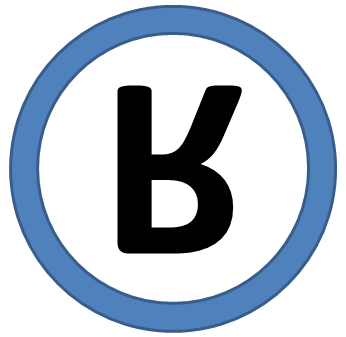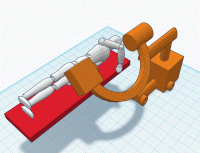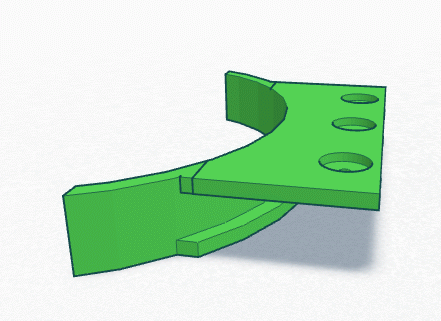Better Outcome

THEATRE IMAGING
TECHNIQUES
ORTHOPAEDICS
DYNAMIC HIP SCREW
Bread and butter Orthopaedics but even experienced Radiographers may find a few tricks here.
Hand and Wrist Surgery
The correct way to screen the wrist and forearm on the hand table. Know which way to move irrespective of anatomy and how far to move to centre confidently.
Shoulder
Theatre Technique for Shoulder Surgery, how to manoeuvre whilst oblique forty five degrees forwards.
Elbow
The elbow presents a special imaging challenge when a lateral view over and along the table may be required.
Focus on SNS
A one off technique tip sheet for Sacral Nerve Stimulator implants. Our application specialist for SNS asked me to produce a guide to improve the quality of images during this procedure as quality varies widely between Radiographers.
Spinal Surgery Here Now
This is a really big subject and probably the most difficult area to image in theatre. I've been researching techniques in this area for three years so have a lot to show! 1st installment online now.
WHAT EXACTLY IS THE PROBLEM?
Why is it hard to get the views the surgeon needs without missing all too frequently?
Isn't the answer just to have a laser centring cross? Theatre Radiography technique explained.
SETTING UP AND CORRECT ORIENTATION ARE KEY
Which way up and round is the image going to be?
Be in control and know which direction to move and how far.



CAN I REALLY KNOW HOW FAR TO MOVE THE INTENSIFIER?
In most cases yes you can. Distances across the image as displayed are not so random that they cannot be readily approximated and with care measured accurately.
Setting up for your first image
If your centering lasers are not bright enough or simply non-existent how do you get in position for that first shot?
IOTA C-ARM NAVIGATION
A system of screen overlays and measuring scales which allow for some surprisingly sophisticated navigation techniques.
IOTA 3D Printing Project
The IOTA technique often makes use of a protractor scale which is not provided on all C-arms. I have previously built a fully functioning Pan motion protractor for the Philips Libra/Endura C-arms but now the files to 3D print key components for this useful tool are being produced. Link to 3D component In Tinker CAD.
Here are two images of the new protractor mount printed in Stainless steel/Bronze alloy. This will fit the Philips Endura and Libra columns and very likely other round column C-arms.


The objective is to make the parts open source so anyone can print them.
I've printed an updated version of the protractor in Nylon plastic and it seems strong enough. I coated the parts with an epoxy which is simply brushed on called XTC-3D. This renders the parts wipe-able.


This simple device enables a technique to solve distal locking positioning and some aspects of spine positioning in one go.










